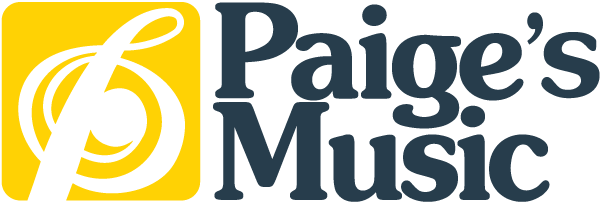Which Instrument Is Right For My Student? – FAQs
Beginner band season is right around the corner! As we prepare for the summer time rush, we begin to hear a lot of concerns from parents regarding which instrument their student should choose. Since many are first-time band parents, there are many questions regarding how to choose an instrument their child is going to enjoy learning while not being so difficult the student becomes discouraged. We at Paige’s are here to say, “Fear not!” We can give you a few helpful tips to quell your worries.
1. First things first – Try them out!
Like many aspects of playing any musical instrument, one of the best ways to find how you like something is to is get it physically in your hands. Several of our schools in Indiana have try-out periods during the 5th grade year where Paige’s will deliver a test set with at least one of every instrument we sell or rent. Typically, the student will get a chance to try the instruments during class with a teacher to get a sense of what each instrument sounds and feels like. If your student is still not sure of a definite instrument or did not get a chance to try instruments with their teacher, you are always welcome to try instruments in our store. There is no appointment necessary; feel free to come in during regular business hours and our sales staff will help you. Please note the student’s teacher can also help the student make a decision at try-out time.
2. “Is ______ difficult in general to play?”
We often hear this concern from parents of new band students. They do not want their child to struggle with an instrument that is too hard to play. The answer to this question is really, “It depends on the player.” For example, when I was trying instruments in the 5th grade to prepare for middle school band I tried all the woodwind instruments. I made a small amount of sound on a couple of them, but I was really not sure which woodwind I wanted to play. Before this, I had never really considered the brass section, but for a change of pace I decided to give trumpet a shot. Turns out, brass was perfect for me! I was able to produce a trumpet sound after only a couple of tries.
There are many musicians who could tell similar stories. Where I have always struggled with woodwind instruments, I have friends who are the complete opposite (they struggled with brass, but excelled at woodwinds). Which instrument is right for one student may not work for another. Attitude, and physical aspects like embouchure and the player’s lips, can make a difference for the student and what feels best. And, as always, the best way to improve on ANY instrument is to Practice, Practice, Practice!
3. Paige’s Music Rental Easy Exchange Policy
Even after your student has tried the instruments and made a decision, your student or teacher may feel like different instrument is better. Maybe they find the sound of another instrument is more to their liking or that their instrument is a little more difficult than they anticipated. Don’t worry! Paige’s Music has an Easy Exchange Policy. If you are renting from us and need to exchange to a different instrument, we can take up to 18 months of rental payments and put them towards the cost of a different instrument. We can even send the new instrument to your student’s school and pick up your first instrument for return.
It can be nerve-wracking thinking of choosing just the right instrument to play, but Paige’s Music is committed to making the decision making process as painless and worry-free as possible. We hope the tips above have helped you and your beginning music student as they begin trying instruments. If you ever have further questions or concerns, please feel free to visit our store, email, or call toll free at 1-800-382-1099 and we will be happy to help you!
